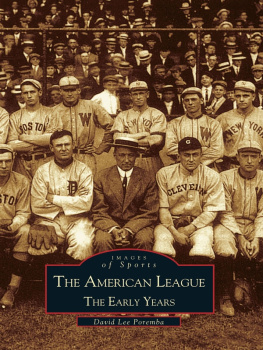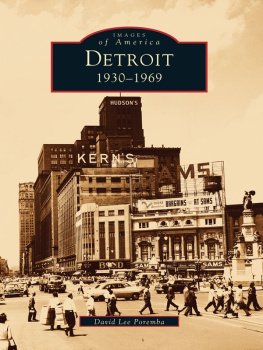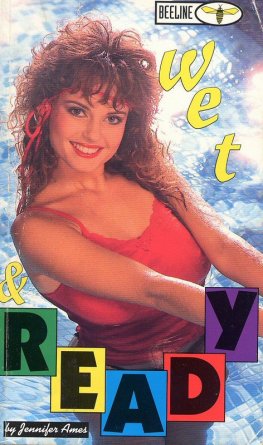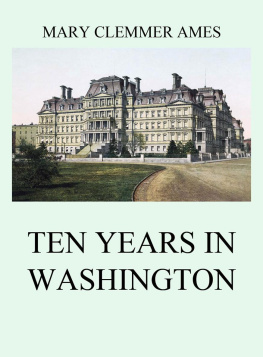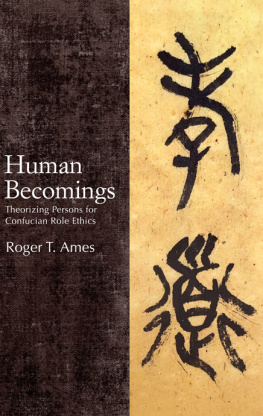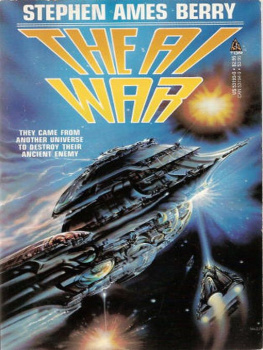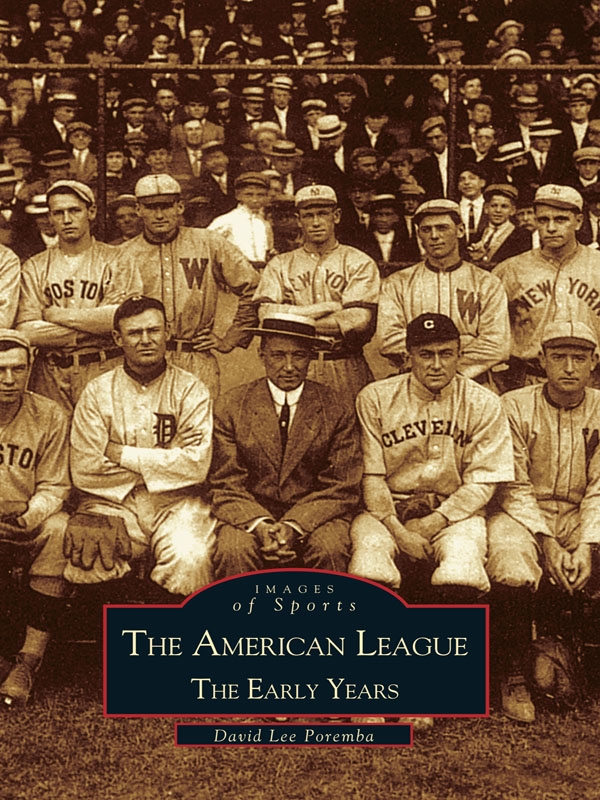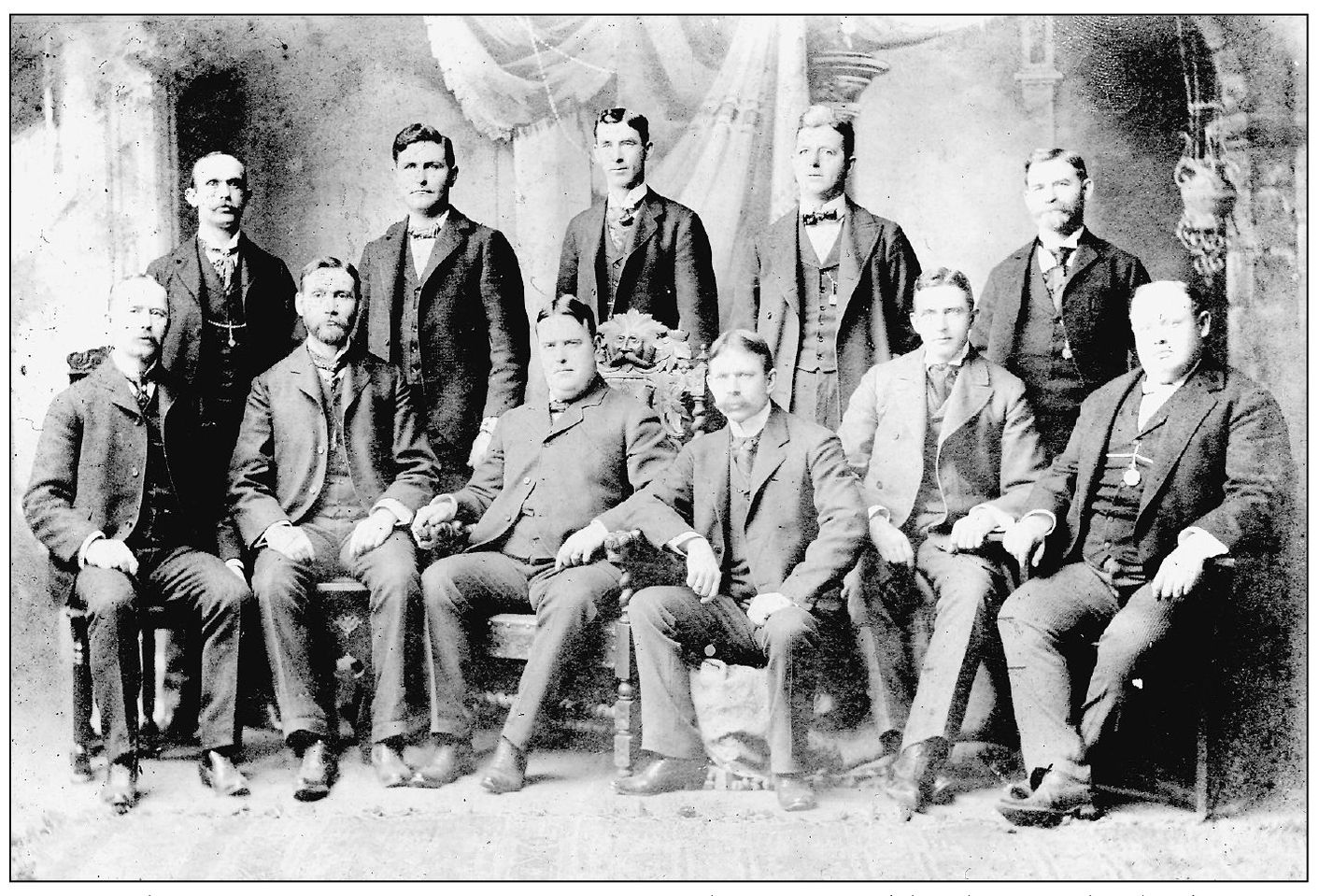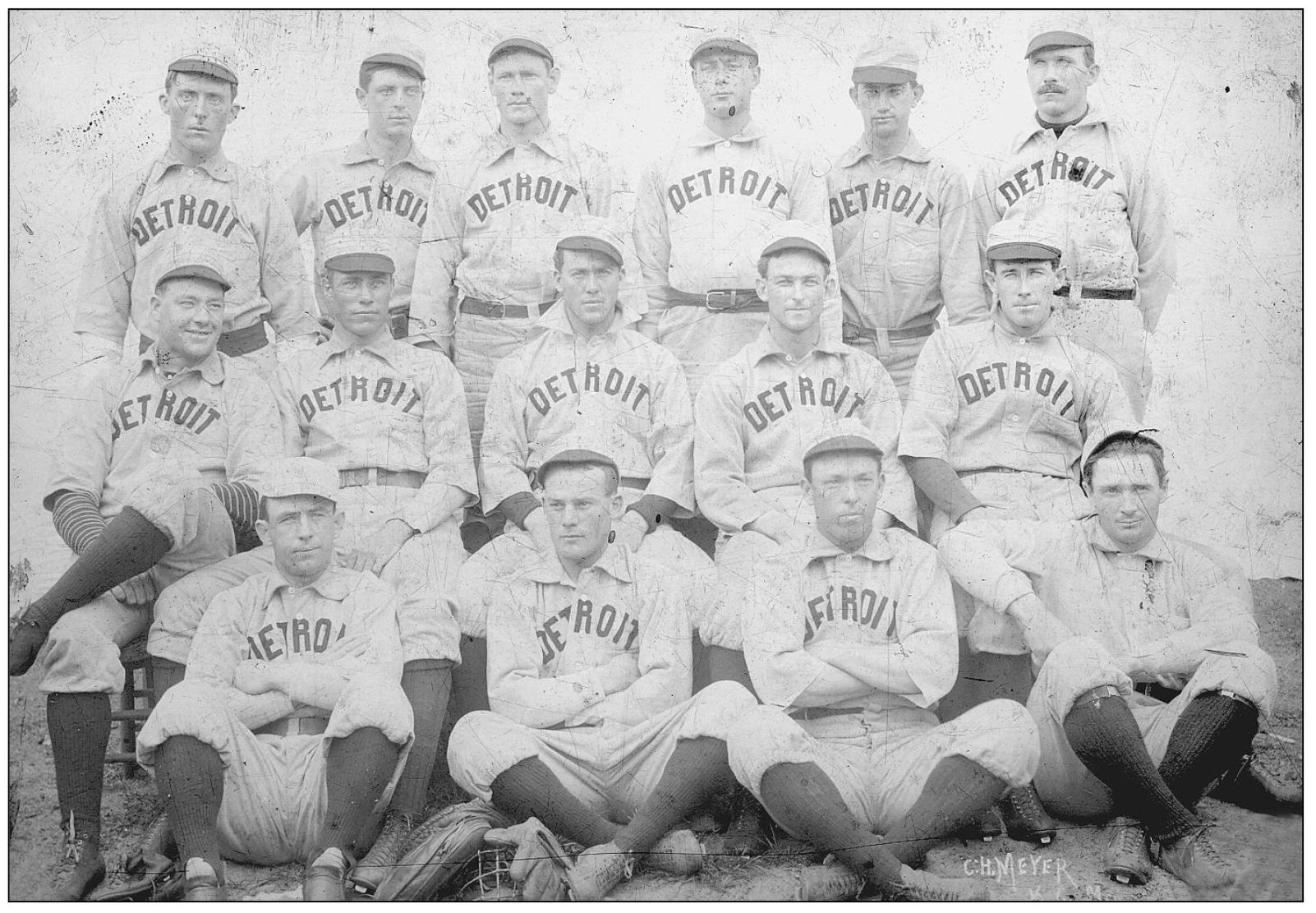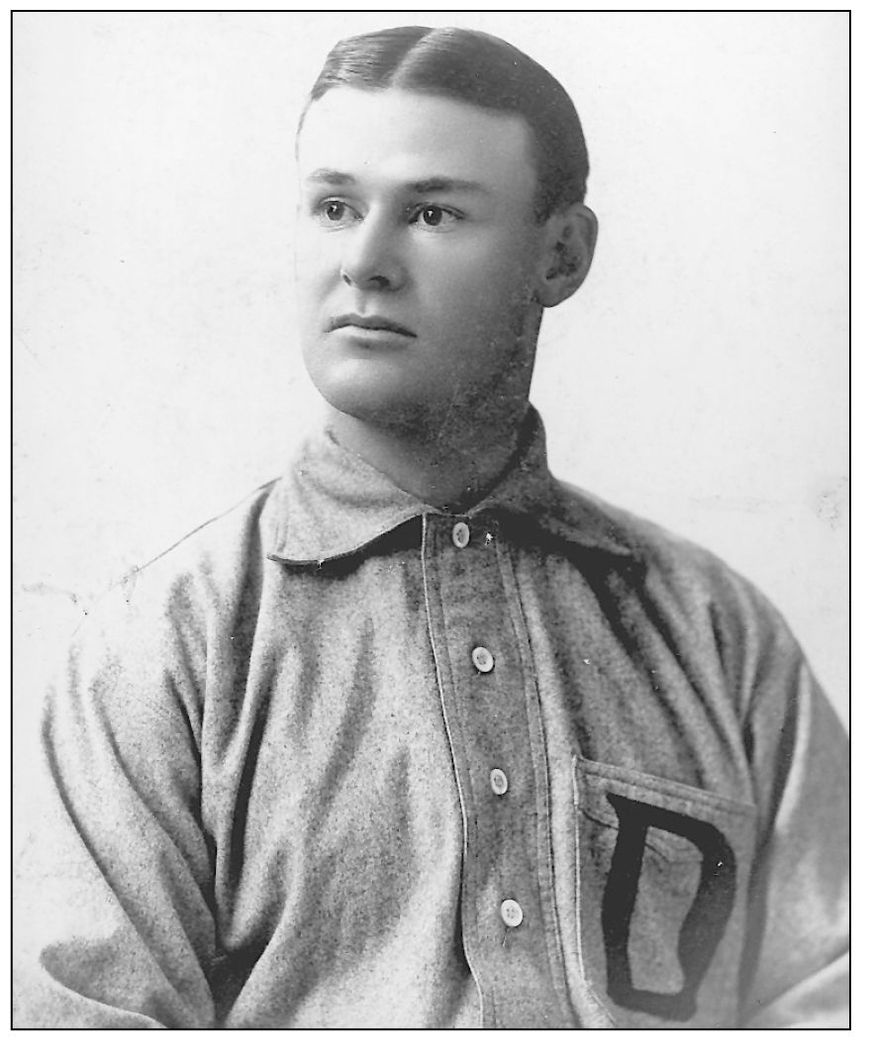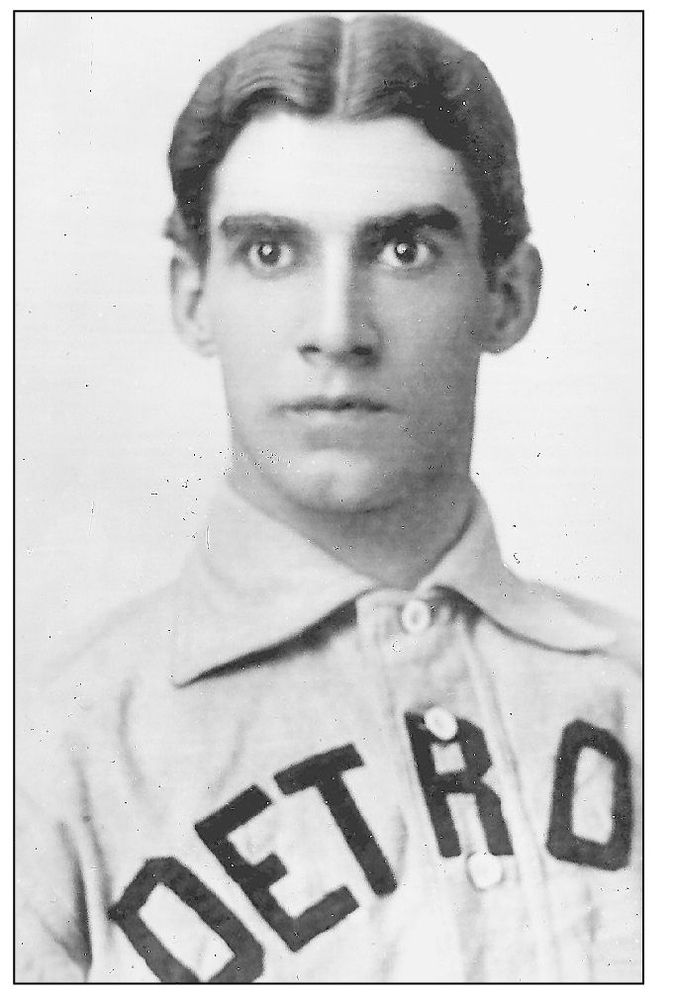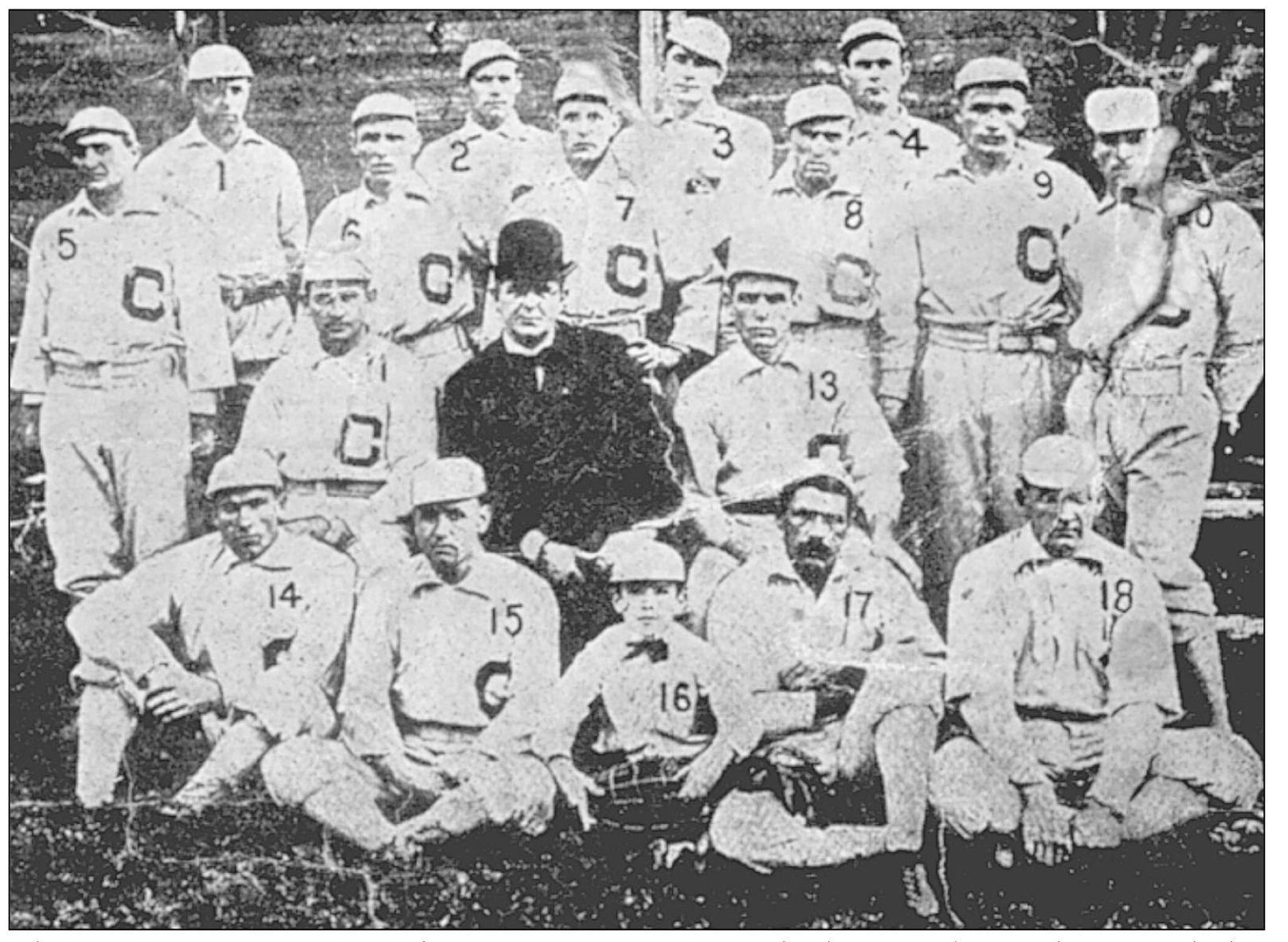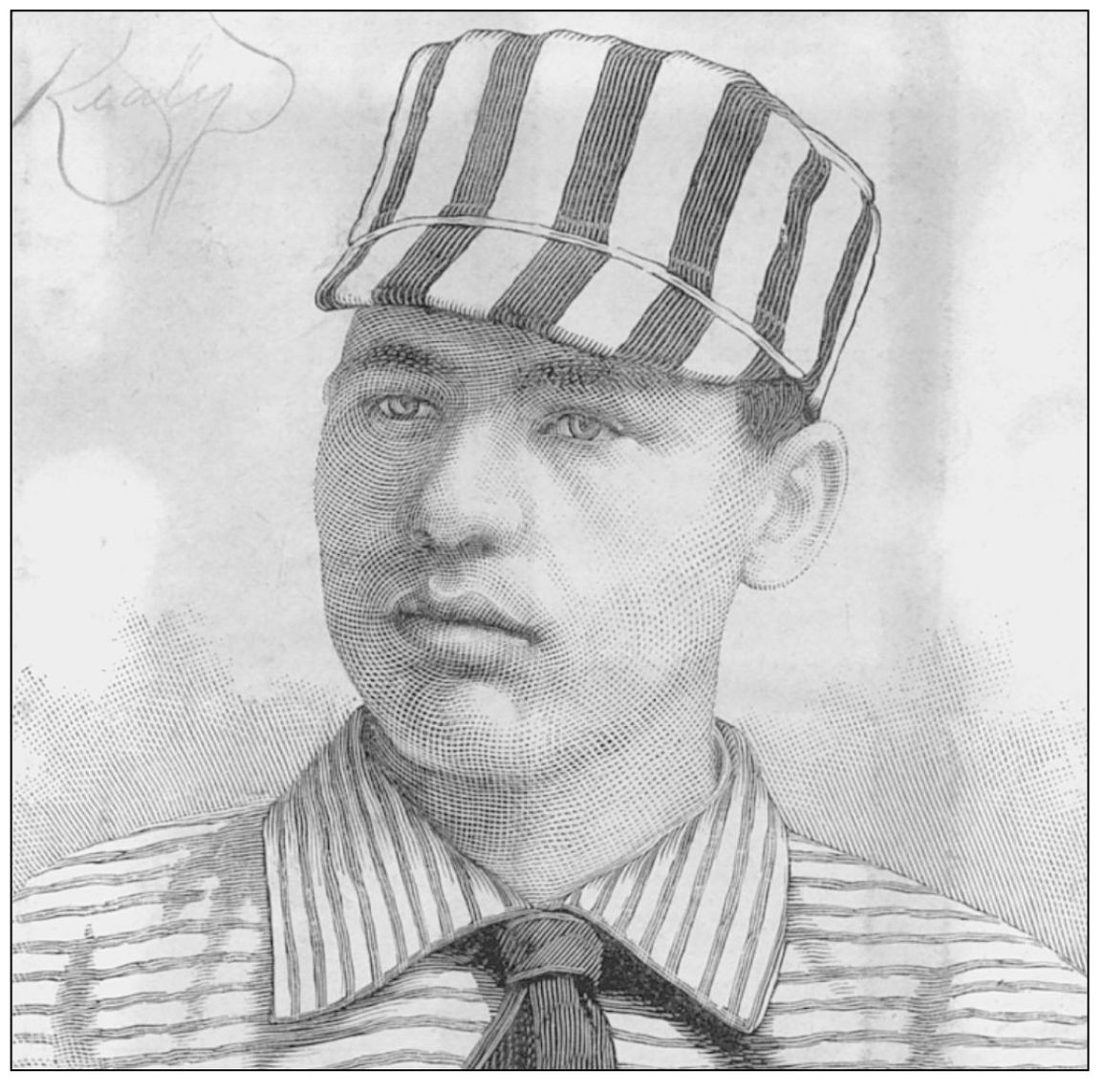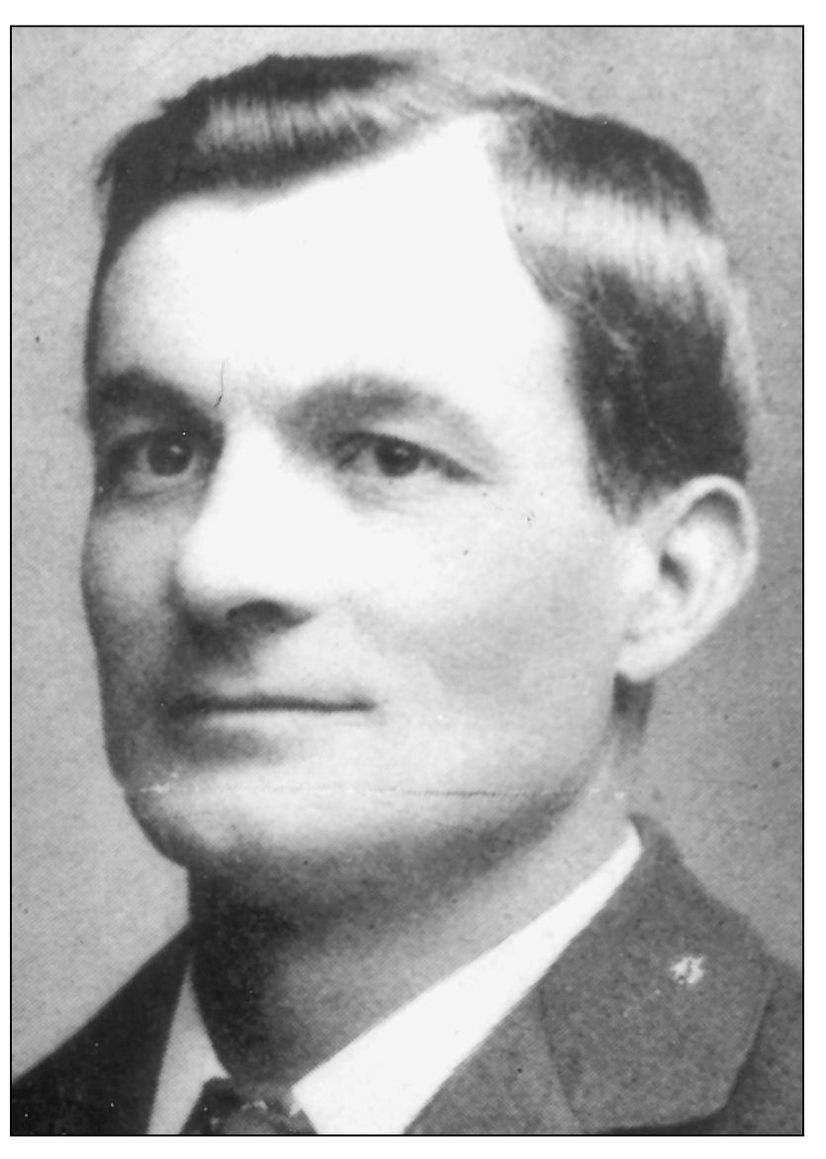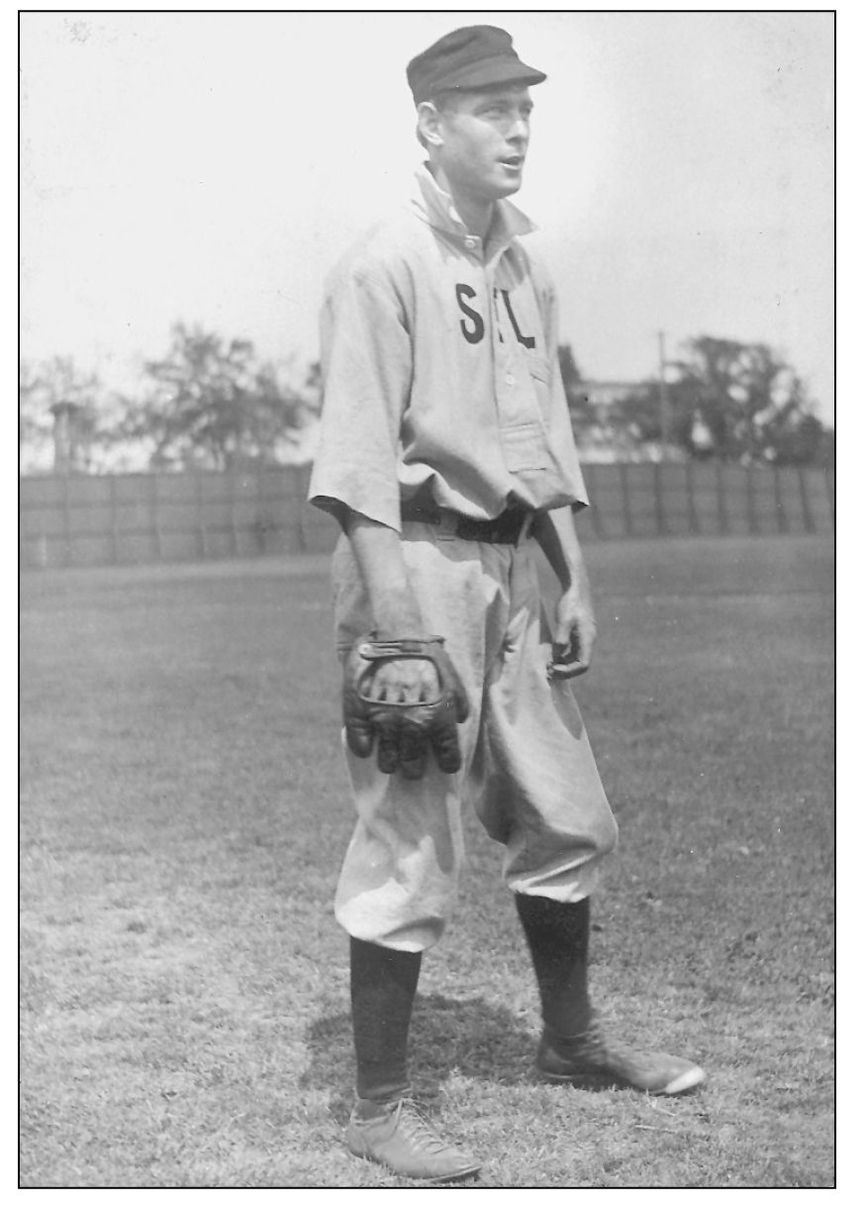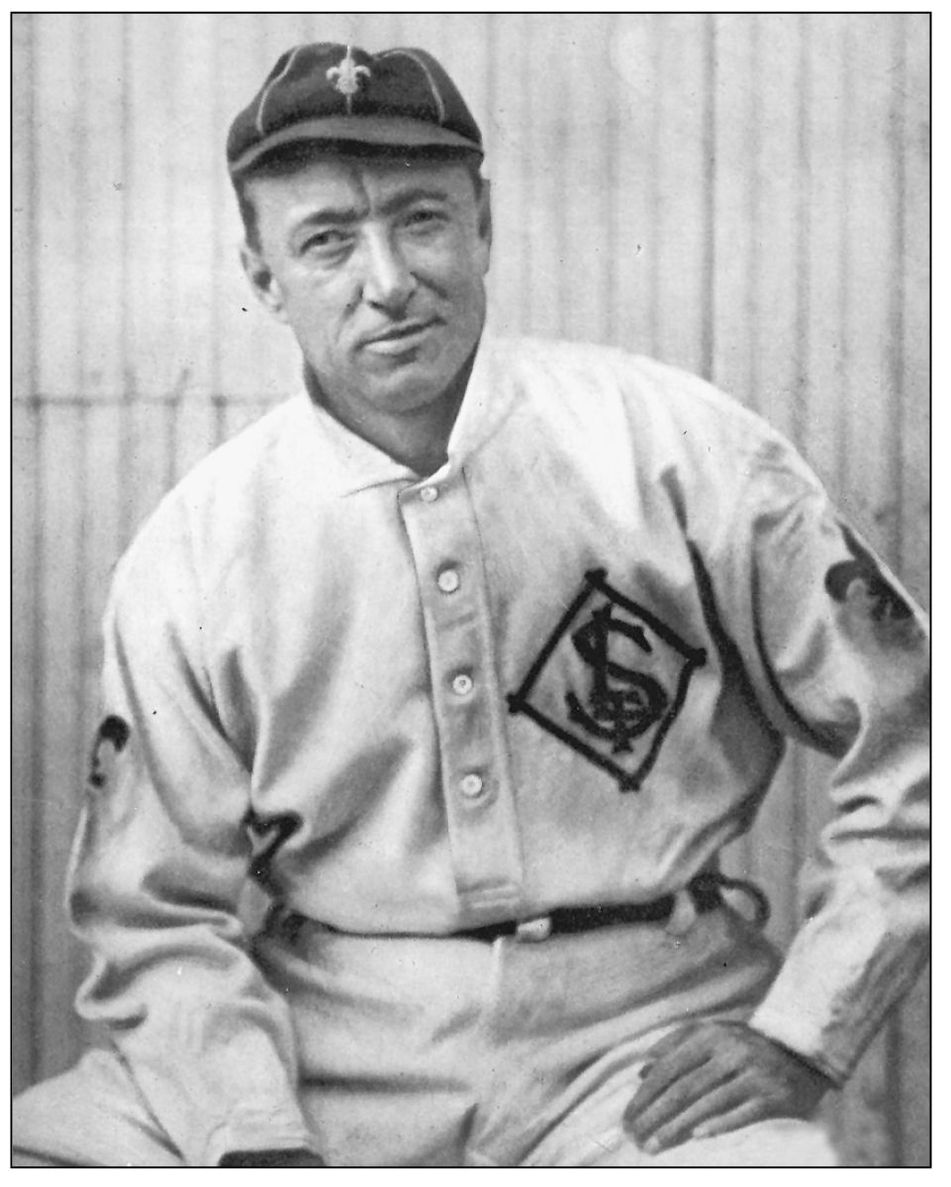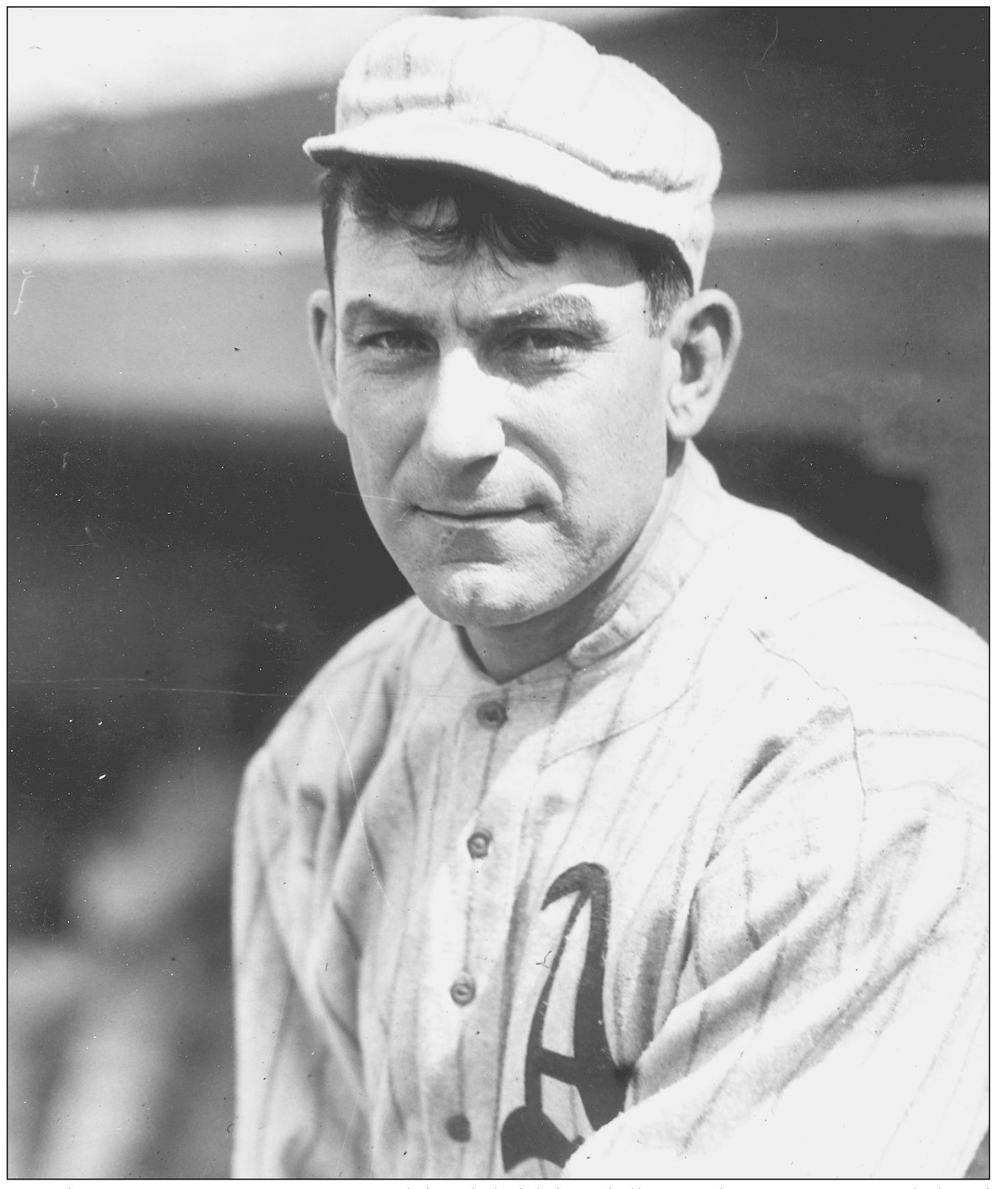David Lee Poremba - The American League: The Early Years
Here you can read online David Lee Poremba - The American League: The Early Years full text of the book (entire story) in english for free. Download pdf and epub, get meaning, cover and reviews about this ebook. year: 2000, publisher: Arcadia Publishing Inc., genre: Home and family. Description of the work, (preface) as well as reviews are available. Best literature library LitArk.com created for fans of good reading and offers a wide selection of genres:
Romance novel
Science fiction
Adventure
Detective
Science
History
Home and family
Prose
Art
Politics
Computer
Non-fiction
Religion
Business
Children
Humor
Choose a favorite category and find really read worthwhile books. Enjoy immersion in the world of imagination, feel the emotions of the characters or learn something new for yourself, make an fascinating discovery.
- Book:The American League: The Early Years
- Author:
- Publisher:Arcadia Publishing Inc.
- Genre:
- Year:2000
- Rating:4 / 5
- Favourites:Add to favourites
- Your mark:
The American League: The Early Years: summary, description and annotation
We offer to read an annotation, description, summary or preface (depends on what the author of the book "The American League: The Early Years" wrote himself). If you haven't found the necessary information about the book — write in the comments, we will try to find it.
Ames has been referred to as a railroad town; more correctly the railroad established itself at the same moment that Iowa Agricultural College, now Iowa State University, was taking form. While the railroad helped to develop Ames, it was the college that drew people with names like Welch, Beardshear, Tama Jim Wilson, Charles F. Curtiss, and their successors. The flourishing academic community also drew families like the Loughrans and the Tildens, who were attracted by the positive town-gown relationship.In Ames: A Ride Through Town on the Dinkey, readers will meet some of these people and tour historic Ames, as the narrow-gauge train nicknamed the Dinkey weaves its way through the citys history in over 220 vintage photographs. The images in this book, featuring people and landmarks both past and present, include Ames native J. Herman Banning, the first African-American aviator to be licensed in the U.S.; the dramatic 1922 burning and destruction of the Iowa State College Armory; a rare image of the 1895 Iowa State football team, the first to be called the Cyclones; and finally, downtown Ames growth from dirt streets with wooden sidewalks to a modern college town.
David Lee Poremba: author's other books
Who wrote The American League: The Early Years? Find out the surname, the name of the author of the book and a list of all author's works by series.

